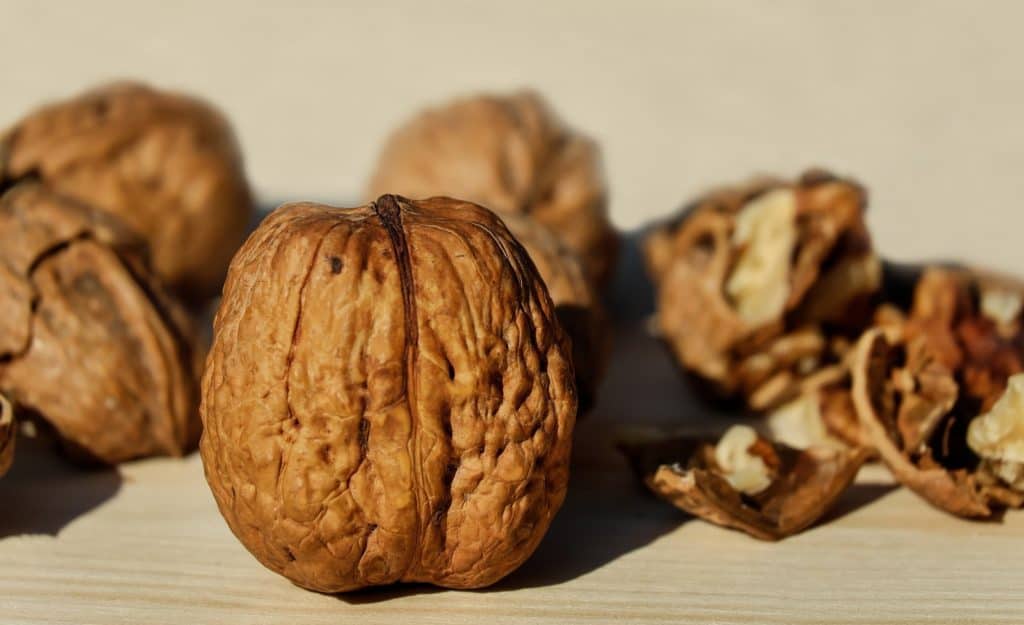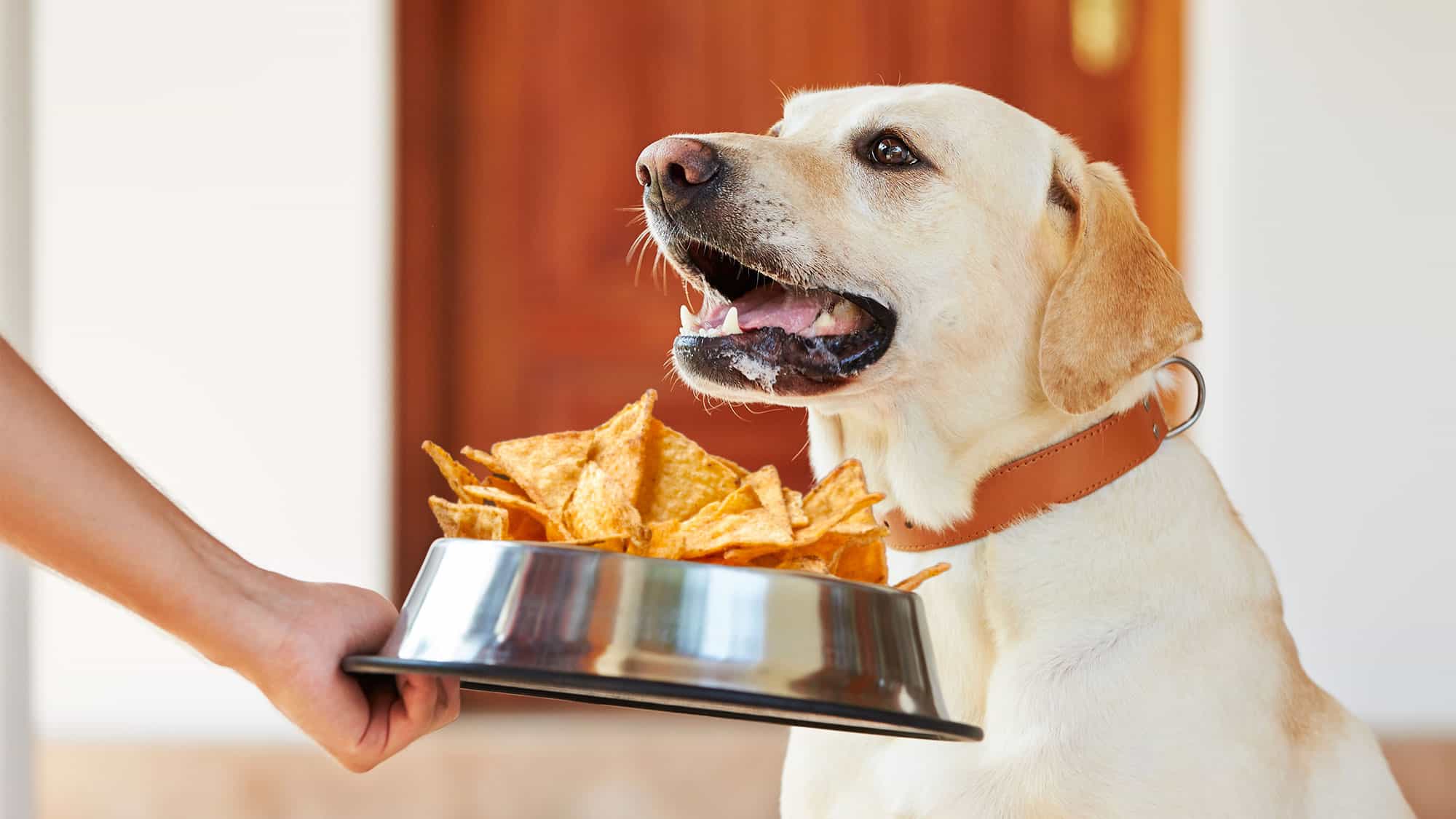You simply adore your furry friends. Most dog owners would do anything for their four-legged companions. Whether it is daily love and affection, a favorite spot on the living room sofa, or annual check-ups with the local veterinarians, these dedicated owners would never knowingly put their beloved furry friends in any real danger. Even the best intentions may not be enough. There are several seemingly harmless items and places all around that could pose a potential threat to dogs. Every dog owner should read and keep this list in mind to protect them from unsuspecting dangers. Check out these everyday household items and foods that are poisonous to dogs. It just might save a life in the long run.

50. A common algae in local ponds and lakes can be fatal.
Have you ever heard of blue-green algae? Probably, but did you know it was deadly to your dogs? Melissa Martin had taken her dogs Harpo, Abby, and Izzy out for a walk one summer evening. The pair of pups chased each other, played with a ball, and rolled in the mud near a local pond. It started as a fun night until it was discovered that the dogs had become very sick quickly. The dogs died that night.

They had contracted blue-green algae poisoning, which was growing in the standing water. It only took 15 minutes for Harpo to pass away. Melissa said she was devastated that there were no warning signs or any preventative measures in place that could have saved her beloved dogs. She has since taken up the cause in their honor and advocates for all water bodies to have signs warning dog owners of the potential danger. She is hoping others will soon know how harmful this silent killer could be.



































































































